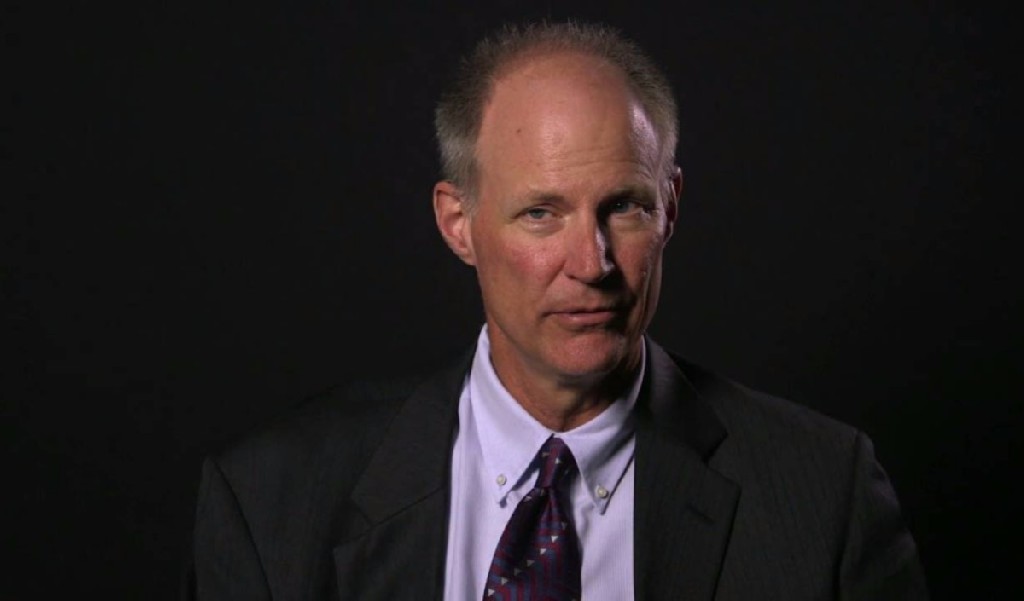Expect the Unexpected : US Elections 2016
Jash Dholani writes about the discussion with Prof. Mark Hansen, of University of Chicago, who visited Ashoka University in March.

Office of PR & Communications
1 April, 2017 | 10 Mins readThe year 2016 defied experts, popular expectations, and common sense. It was a tragedy for pop culture – it saw the deaths of Muhammad Ali, David Bowie, Harper Lee, and other icons who had stayed in public imaginations for decades. Brexit happened – surprising the pollsters and half of the UK. Crazy clowns were suddenly sighted in the US, Canada, and 18 other countries.
It was a weird year.
Nothing, however, surprised the world more than Donald Trump ascending to American presidency.
Trump has been called a lot of things over his lifetime – construction magnate, reality TV star, New York socialite, a joke. However, most of the faces on television and voices on airwaves spent two years telling Americans that they’ll never have to call him President.
As it turned out, they were wrong.
Professor Mark Hansen, of University of Chicago, visited Ashoka University on 1st March, 2017. He is the Charles L. Hutchinson Distinguished Service Professor at Department of Political Science in U Chicago. In a thought-provoking presentation, he talked about how shockingly predictable the Trump victory was.
Looking at the wrong places
Hillary Clinton outspent Trump almost 2:1. The 168 sitting members of the house endorsed her – while Trump was endorsed only by eleven. Fifteen sitting governors threw their weight behind Clinton – while only three governors came out in support of Trump. Trump was vilified by the mainstream media as a demagogic monster, whose racism and sexism disqualified him for the job, while Clinton was a pragmatic centrist who would lead America into a more progressive future. Narrative, and the numbers were stacked against the Donald.
So what happened? Professor Mark Hansen’s answer is: “People were looking at the wrong things.” The invite email for his presentation sent out to the student body promised that the talk would reveal “How political scientists have discovered the regularities in elections.” Professor Mark Hansen talked about factors he called “the fundamentals,” and how these fundamentals have a greater influence on voting than the spicier, but less significant, realities amped up by the media.
The Fundamentals
These fundamentals, according to the Professor, are five-fold:
- Baseline partisanship of the electorate
- Condition of the economy
- Incumbency
- Condition of foreign affairs
- Positioning of candidates on issues
The Professor focused on the first three of these five factors. ‘Bipartisanship in the electorate,’ he said, ‘is one really important factor. People who identity as strong democrats vote for the democratic party 89% of the time, and people who identify as strong republicans vote for the republican party 95% of the time. Hence, the voting habits of large swathes of people can be predicted correctly 9 out of 10 times if one has surveys recording the strength of their partisan tilt. Even the people who identify as “independent democrats” vote for the democratic party 71% of the time, and people who identify as “independent republicans” vote for the republican party 81% of the time. Thus, a person’s existing political loyalties, no matter how strong their bandwidth, is a good predictor of their voting behavior in any election.’

The economic legacy of the outgoing president is another important factor. As the graph provided by Professor Mark Hansen shows, there is a positive correlation between the per capita disposable income and the vote share of the incumbent party. If the party delivers substantial economic growth, they get a heavier vote share in the elections. The vice-versa holds true, too – one of the worst vote shares in recent American history was recorded in 1980 when the incumbent democrats got less than 45%. Their sin? Disposable income per capita had shrunk by around 0.5% in the year before the election.
The third important factor is whether the candidate running for election is an incumbent or not. If he is, his party has a 73% chance of winning. However, if instead of the incumbent, another candidate from his party runs, the chances drop to 26%. Hence, the electorate in America seems to reward incumbency if it comes with the incumbent party attached with the incumbent candidate – however, if the incumbent party is attached to a different candidate, then the people prefer the other candidate of the other party.
So what happened in 2016?
It’s not hard to see how these factors played out in the 2016 elections. Partisan tensions were running high, so the base electorate rallied around their candidates. Obama had overseen the slowest recession recovery since the great depression and delivered subpar economic growth. Hence the incumbent party was going to witness a lower voter share. Further, the incumbent party – Democratic Party – was led not by an incumbent (Obama), but by a different candidate (Clinton.) Hence, the chances were good people would go with the out candidate of the out party.
Seen in this light, 2016 results seem a lot less surprising. Controversy and sensation rule the airwaves in election cycles, but beneath, at the topography of the electorate, deeper forces are always at play. An empirical study of the past trends can be an important tool in the kit of a pollster, as well as a political science student – subjective commentary on the “mood of the nation” or opinion pieces about the “flavor of times” only go so far and no further.
The session was a full house and witnessed inquisitive questioning from the audience. In an email to me, Professor Mark Hansen said, “It was a pleasure to get to see Ashoka.”
It was a pleasure to host him too!
(The writer is a first-year student at Ashoka University)












